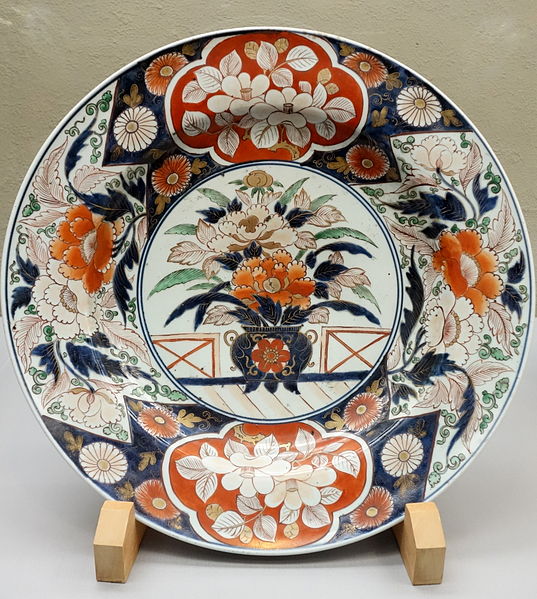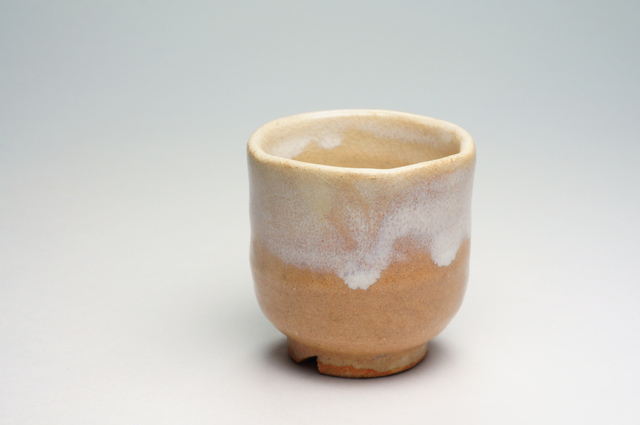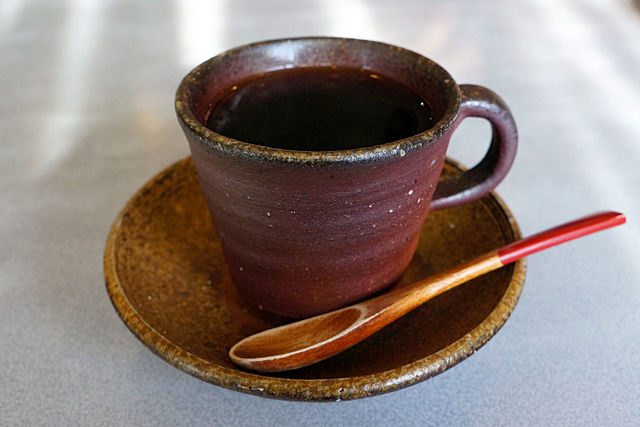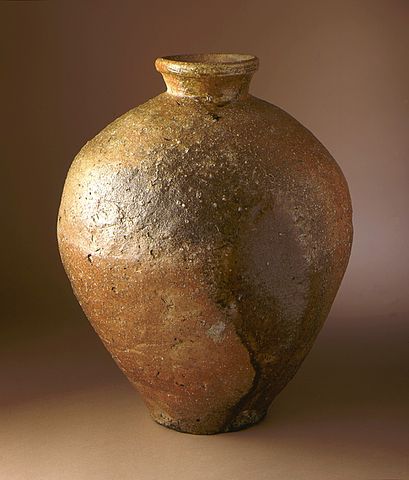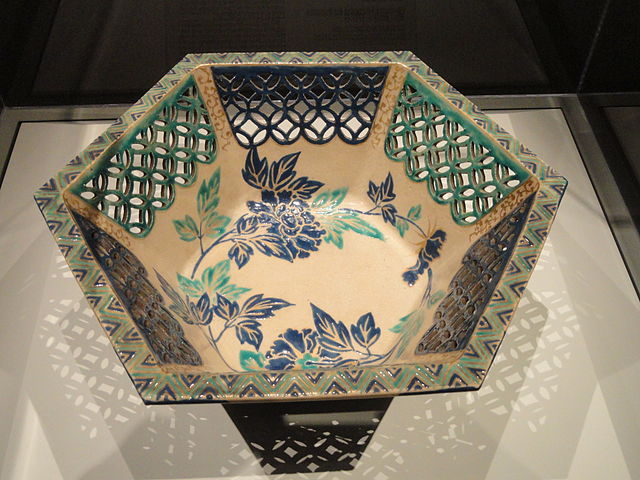
8 pieces of Japanese pottery that you can still buy today
These are eight carefully selected pieces of Japan's representative traditional handicraft, pottery.
This post may contain affiliate links. If you buy through them, we may earn a commission at no additional cost to you.
Various Information About the Roots of Japanese Pottery
In Japanese pottery, there is a large divide between "ceramics" and "porcelain."
Ceramics ("touki") are examples from the Nihon Rokkoyou, the six ceramics and porcelain kiln types that have been used since the Middle Ages and continue to be used. They are Setoyaki (in Seto, Aichi Prefecture), Tokonameyaki (in Tokoname, Aichi Prefecture), Echizenyaki (Echizenchou, Nyuugun, Fukui Prefecture), Shigarakiyaki (Koukashi, Shiga Prefecture), Tanbatachikuiyaki (Sasayamashi, Hyogo Prefecture), and Bizenyaki (Bizenshi, Okayama Prefecture).
The earliest pieces were manufactured around the 5th century, and they manufactured primarily everyday tableware and storage vessels.
However, models of the "Kobizen," "Koshigarakiyaki," and other types are called "everyday necessities," but they have been designated as cultural assets that show the experience of the era.
Their meaning is profound, and you can see the high quality worksmanship.
Furthermore, "Kobizen" and "Koshigarakiyaki" that are made in recent times are called "Bizenyaki" and "Shigarakiyaki."
The culture of porcelain ("jiki") production is originally not Japan's, but was brought over during Toyotomi Hideyoshi during the Imjin War by Toyotomi Hideyoshi by a prisoner of war.
The potter Yi Sam-pyeong (Kanagae Sanbei) discovered the raw materials for porcelain in Hizenarita.
They began production around 1610.
These pieces are not everyday necessities, but industrial art objects made for the upper echelons of society like the daimyo.
After the middle years of the Edo Period, it became mass produced and Koimari especially began to be exported overseas in large numbers.
The representative producing area of porcelain is Imari (where they make Aritayaki, Kutaniyaki, and other styles.)
Imari - Aritayaki (Shiga Prefecture)
You can see that this Aritayaki (Imariyaki) was made in the 18th century.
Aritayaki is porcelain baked in the center of Arita, in Shiga Prefecture. Since it's shipped out of Imari Port, it's also called "Imari".
Hagiyaki (Yamaguchi Prefecture)
Hagiyaki is ceramics baked in the region of Hagi, Yamaguchi Prefecture. There's also pottery in one part of Nagato and Yamaguchi City. The Hagiyaki made in Nagato is especially called Fukawahagi.
Kutaniyaki (Ishikawa Prefecture)
Kutaniyaki is painted porcelain manufactured in the southern part of Ishikawa Prefecture in the cities of Kanazawa, Komatsu, Kaga, and Nomi.
Bizenyaki (Okayama Prefecture)
Bizenyaki is ceramics produced in the area of Bizen, Okayama Prefecture. It is counted as one of the Nihon Rokkoyou. The Kobizen made in the Kamakura-Muromachi Periods is highly prized.
Shigarakiyaki (Shiga Prefecture)
Shigarakiyaki is traditional ceramics, porcelain, and stoneware created in the center of Shigaraki, Koka, Shiga Prefecture. It's counted as one of the Nihon Rokkoyou.
Kyoto - Kiyomizuyaki
Kiyomizuyaki is ceramics and porcelain made in Kyoto. It's the representative potery of Kyoto.
Tokonameyaki (Aichi Prefecture)
Tokoname Haiyuutsubo ("Tokoname Ash-glazed Hu") (A hu is a Chinese vessel usually used to store alcohol)
Heian Period
Private Ownership
Important cultural property
Tokonameyaki is pottery baked in the area of Tokoname, Aichi, including the Chita Peninsula. One of the Nihon Rokkoyou.
Minoyaki (Gifu Prefecture)
Minoyaki is the general term for ceramics and porcelain made primarily in the cities of Toki, Tajimi, Mizunami, and Kani in Gifu Prefecture. Currently, it's the largest ceramics and porcelain production base in Japan, and their production output is approximately half of Japan's total amount.
The information in this article is accurate at the time of publication.

